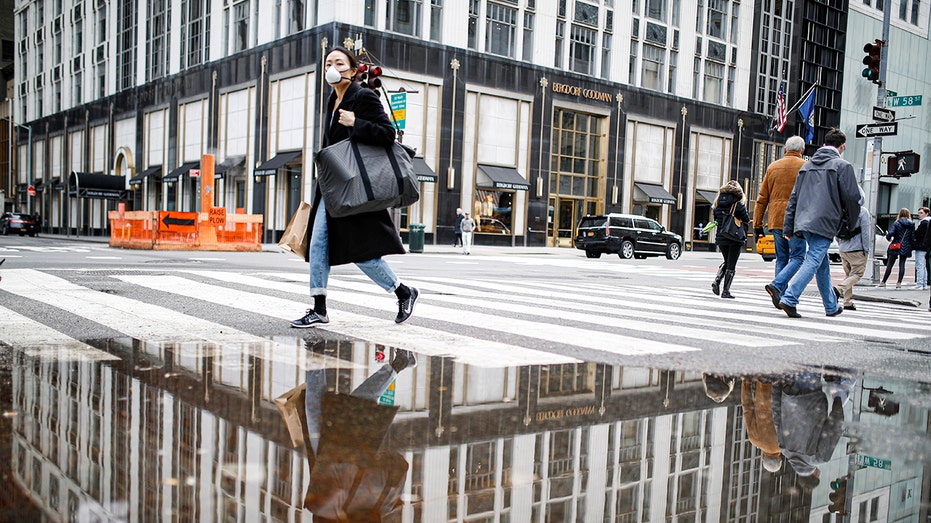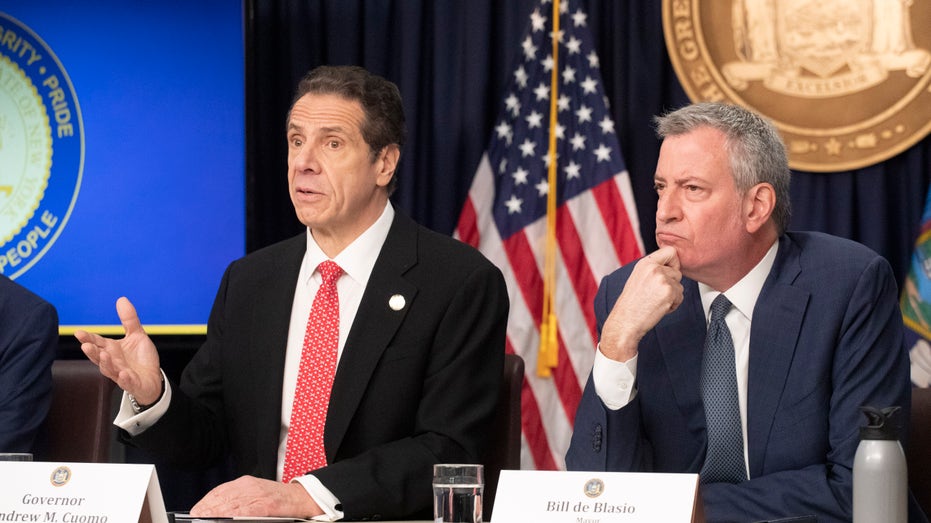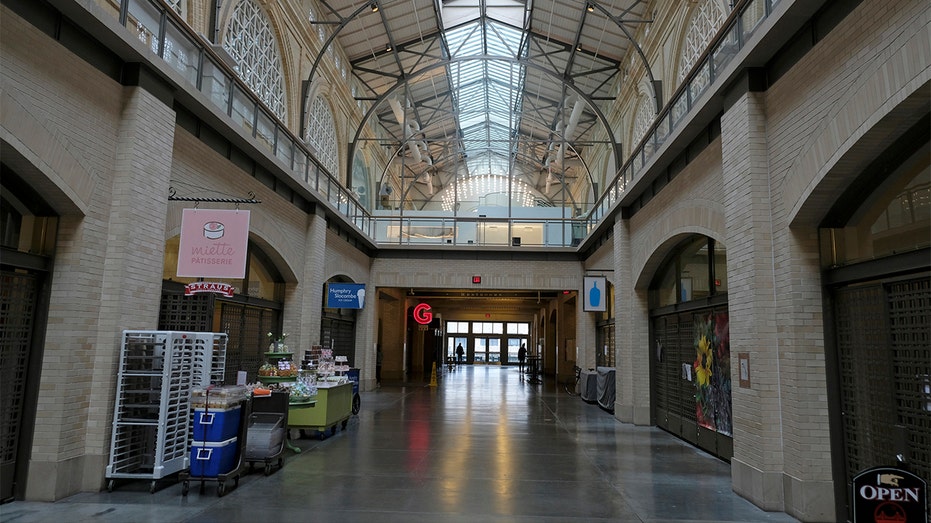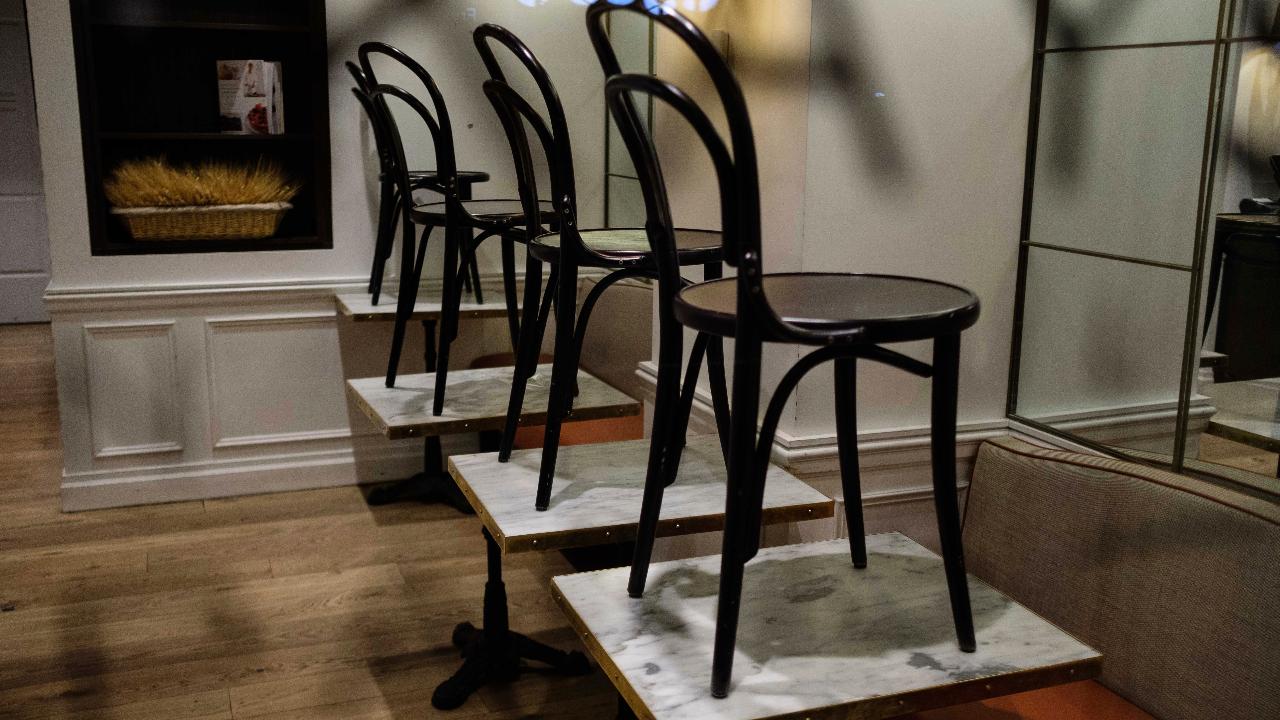Small businesses ‘are in deep trouble’: Ed Rensi
Former McDonald’s North American CEO Ed Rensi says the coronavirus outbreak is causing a serious financial crisis for small businesses that operate outside of Wall Street.
Just days after the San Francisco Bay Area issued a shelter-in-place order for its roughly seven million residents, officials from other areas across the nation have adopted similar guidelines – or, in New York’s case, have instructed its residents to be prepared to do so.
Continue Reading Below
In the wake of concerns surrounding the new coronavirus threat, New York City Mayor Bill de Blasio is urging the Big Apple’s 8.6 million residents to “get ready for the possibility” of being ordered to “shelter in place,” he told NBC’s “TODAY Show” the action could only be taken with approval from New York State.
WHAT DOES IT MEAN TO SHELTER IN PLACE?
“This disease is moving so rapidly,” he said during the interview. “Here in New York, we have the most cases of any state in the country, so what I was saying to people is: Get ready for the possibility. It’s a decision we would only make with the State of New York, of course, but people have to realize at this point that this disease is going to put many, many people, thousands and tens of thousands of peoples’ lives in danger.”
At least 7,323 confirmed COVID-19 cases had been reported nationwide as of 2:25 p.m. Wednesday, with 2,480 of those in New York. Of the New York state’s reported cases, at least 1,339 were in New York City, Gov. Andrew Cuomo said at a Wednesday morning press conference.
A pedestrian wearing a protective face mask is reflected in a rain puddle, Tuesday, March 17, 2020, in New York. (AP Photo/John Minchillo) POLICING AMID CORONAVIRUS PANDEMIC: HOW THESE BIG CITIES ARE RESPONDING But Cuomo has been opposed to issuing a shelter-in-place edict, telling the media on Tuesday he has “no interest whatsoever and no plan whatsoever to quarantine any city.” “That cannot happen,” he said during an afternoon press conference. “It cannot happen legally. No city in the state can quarantine itself without state approval.” New York Gov. Andrew Cuomo, left, and Mayor Bill de Blasio discuss the state and city’s preparedness for the spread of the coronavirus, in New York on March 2, 2020. (AP Photo/Mark Lennihan, File) He doubled down on his arguments against the order on Wednesday, when he told reporters that would mean the shutdown of all businesses, which he said he did not yet feel was necessary. CLICK HERE FOR THE LATEST ON CORONAVIRUS “[With] shelter in place, you close down your health care system, you close down your food system, you close down your transportation system,” he told reporters, “And you close down businesses, close down all businesses… So that doesn't make sense to me because people have to eat, travel, et cetera.” Instead, Cuomo has ordered all businesses, except for those within “essential services,” such as food services, healthcare and pharmacies, shipping and supplies, to limit their workforce to 50 percent at one time. “Doing it this way – all workforce, 50 percent, except essential services – we'll see if that slows the spread,” he said. “If it doesn't slow the spread, then we will reduce the number of workers even further.” Cuomo said the state could ultimately get to the point where all workers are required to stay home unless they fall under the “essential services” field, but insisted, “I would never shut down food, transportation, essential services.” CORONAVIRUS TEST COULD PRODUCE RESULTS IN 3 HOURS The governor had already been outspoken in urging New Yorkers, and New York businesses, to voluntarily close for the time being. He has also already asked non-essential State workers in certain areas to work from home. CLICK HERE TO READ MORE ON FOX BUSINESS California’s shelter-in-place model ordered residents to work from home unless they provide essential services, such as public safety, sanitation and medical services. San Francisco County’s order defines “essential businesses” as: The order, the most drastic measure taken yet in the nation, is expected to last until April 7 and affects the counties of San Francisco, Marin, Santa Clara, Santa Cruz, San Mateo, Contra Costa and Alameda, which includes the cities of Berkeley and Oakland. “You can still walk your dog or go on a hike with another person, as long as you keep 6 feet between you," said Dr. Grant Colfax, director of the San Francisco Department of Public Health. The main hallway of the Ferry Building Marketplace is mostly empty Monday, March 16, 2020, in San Francisco. (AP Photo/Eric Risberg) The Centers for Disease Control and Prevention provides basic guidelines for “how to shelter in place,” which include stocking up on supplies, finding a safe spot to hunker down indoors and, simply staying put. The CDC also emphasized that different types of emergencies called for different shelter-in-place responses. The Associated Press contributed to this report. Source: Read Full Article



